Flowers and certain plants have great potential to draw ants into your homes and gardens. Aside from the fact that they’re food sources, plants provide a damp spot for the ants to build their nests. Houseplants also attract aphids, they can also be the reason why ants are attracted to your house.
So, what are the flowers and plants that attract ants? These are peonies, mulch, hydrangaeas, weeds, hostas, wood chips, lilacs, lilies, milkweeds, sunflowers, daffodils, sweet alyssums, and marigolds.
If you want to know how these flowers and plants lure in ants, what you can do to get rid of them, and how to prevent future home ant invasions, simply read further this article!
13 Flowers and Plants That Attract Ants
Peonies
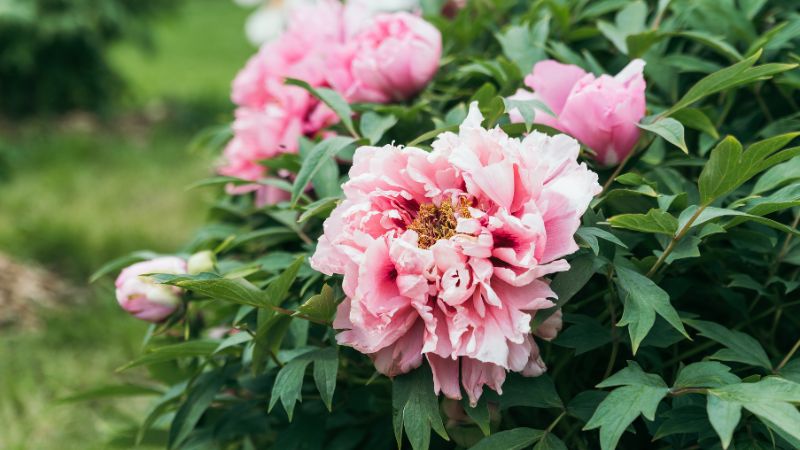
Peonies buds are popular for attracting ants because they use it as a food source. Ants lick the sap juice of this plant and, in turn, encourage the flowering process, showing how a mutual relationship with each other.
This phenomenon does not cause structural damage to the plant but can lure ants into your house or garden. To prevent ants from being attracted to peonies, avoid planting them near the entrance of your house or in areas with high traffic.
You can also try spraying the plants with water and dish soap or placing a sticky barrier around the base to prevent ants from climbing up. Additionally, keep your homes clean and dispose of your garbage daily to discourage the entry of ants in your home.
Mulch

Mulches are attractive to ants because they provide water and warm surroundings for the ant colonies. It creates a humid and suitable habitat for ants and provides the best hideout to protect the ant colonies from predators. Organic mulches can also be used as a food source for ants.
Ants prefer organic mulches more than inorganic mulches. The sweet smell of organic mulches attracts the ants towards them. They do not eat wood mulches or wood chips but form tunnels. Mulches are a good attraction for carpenter ants as they love to live in decaying woods and trees.
It is essential to keep it dry and replace it regularly to prevent it from becoming a breeding ground for ants. You can also try using inorganic mulches like gravel or rocks instead of organic mulches to deter ants.
Hydrangeas

Yes, the hydrangea plant does attract pests like aphids and ants due to the coating of honeydew around the plant. Most ant species easily get attracted to this plant juice and use it as a food source.
If you have a hydrangea plant in your house, you will probably see ants in your house. Use insecticidal soap spray or other natural pest control methods to eliminate the ant infestations around this plant.
Weed
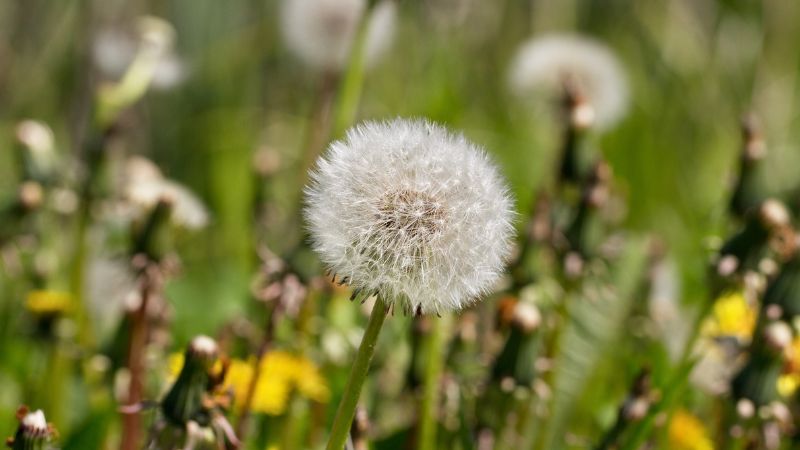
Ants get their food from different weeds while also simultaneously helping them in their pollination. They are primarily attracted to the low growing weeds which have thick and colorful inflorescence. Some weeds they are attracted to are the boundary tree, wild parsnips, and desert willows.
In fact, harvester ants can actually help farmers and agriculturists manage weeds in farmlands. It’s even considered an economic option since it can cut fuel and labor costs as well as improve soil quality and preserve water as opposed to tilling.
Hostas
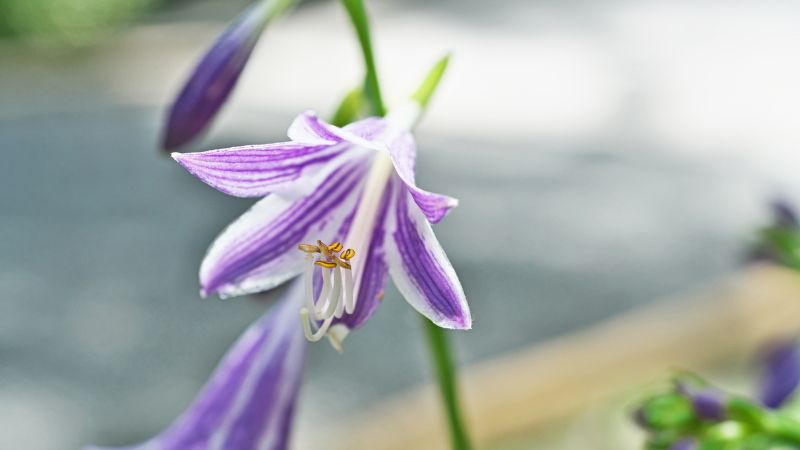
Hostas are perennial plants with attractive foliage, commonly grown as ornamental plants. This plant contains honeydew deposits that attract ants and other pests as well. Ants and aphids are capable of damaging the leaves and stem of this plant.
Ants take the help of sap-sucking insects or larvae to break down undigested sap and then use it as a food source. Removing other pests from hostas plants can be helpful to eradicate the ant infestation.
Wood Chips
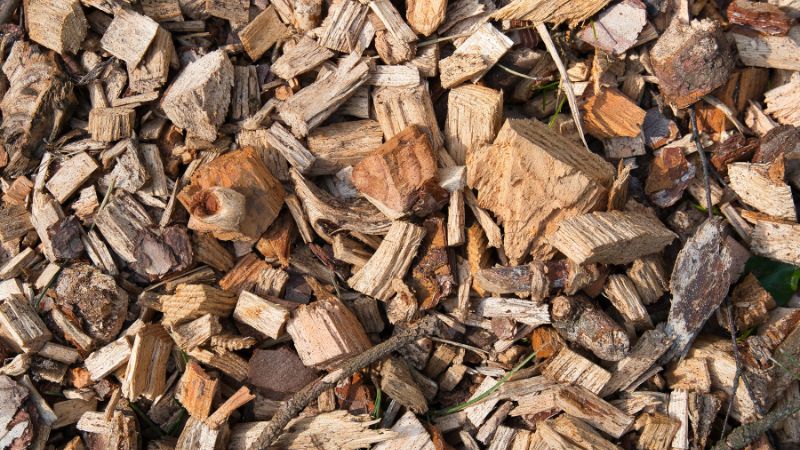
Ants do not use wood chips as a food source but it is attractive for carpenter ants because they can make their tunnels inside wood chips and establish their shelters.
Ants can make their nests inside dead organic matter, rotting logs, and wood chips. If you are using wood mulches in your garden, apply a barrier or insecticide around the boundaries of your house to prevent the entry of ants.
Lilacs

Lilac contains honeydew which attracts wasps and ants during the summer season. When aphids scrub the plant sap and release honeydew out of the plant. Ants also use it as food and as a result, they damage plant growth.
Lilies
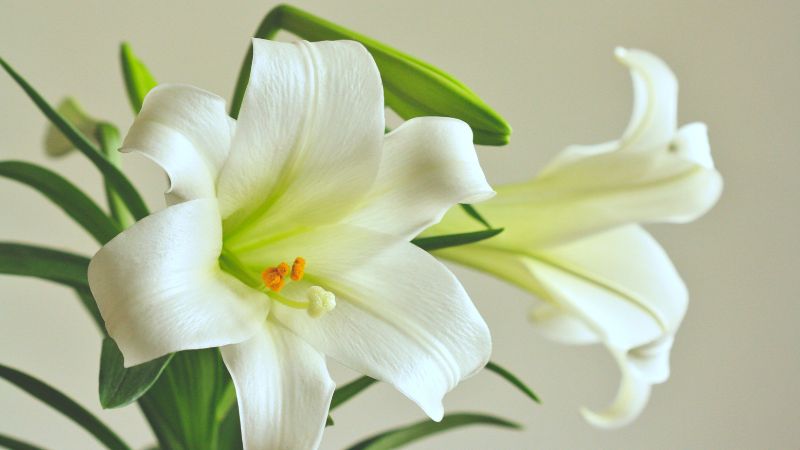
Ants are not the potential pests of lilies, only the presence of aphids on this plant indicates that ants can be a threat as well. If aphids are not present on lilies it means ants cannot digest the plant sap. Therefore, if you see ants on a lily plant then they may be going to the plant for nectars.
Milkweed
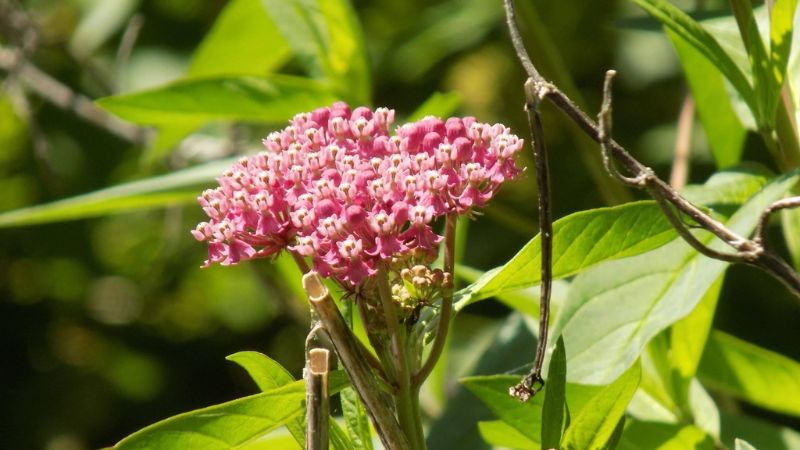
Milkweed is a lovely flowering plant that draws many insects, including ants, bees, and butterflies with its sweet nectar. Ants can be seen congregating around the flowers, and they can help to pollinate the plant by moving pollen from one flower to another.
Although ants are not harmful to milkweed, they can be bothersome if they begin to invade your home. To prevent ants from entering your home, it is advisable to keep milkweed plants as far away from your home as possible.
Sunflowers

Sunflowers are pleasing not only to the human eye, but also to ants. These insects are drawn to the sweet nectar produced by sunflowers, causing them to swarm around the flowers.
While ants are not harmful to sunflowers, they can become a nuisance if they invade your home. You can keep ants away from your home by planting sunflowers far away from your house or using a natural ant repellent like peppermint oil.
Daffodils

Daffodils are gorgeous flowers commonly found in gardens and parks that produce a lovely scent that is alluring to many insects, including ants. The base of the daffodil is often swarming with ants as they search for the plant’s sweet nectar.
Although ants do not pose a threat to daffodils, they can become troublesome if they start to invade your home. You can prevent ants from entering your home by planting daffodils far away from your house or using a natural ant repellent like vinegar or cinnamon.
Sweet Alyssum
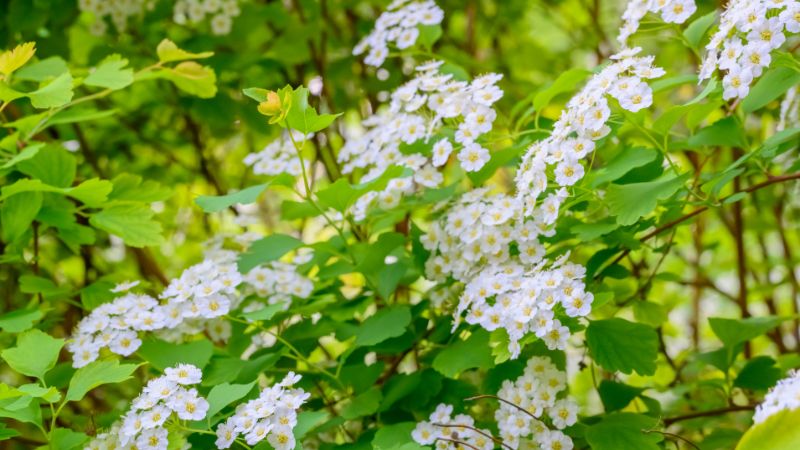
Sweet Alyssum is a low-growing flowering plant with a pleasant aroma that attracts many insects, including ants. The sweet nectar produced by the plant is a delectable treat for ants, making them crawl around the plant’s base.
To keep ants away from your home (who were inadvertently attracted to your sweet alyssums), it is best to plant sweet alyssum far away from your house or use a natural ant repellent like borax or citrus peels.
Marigolds
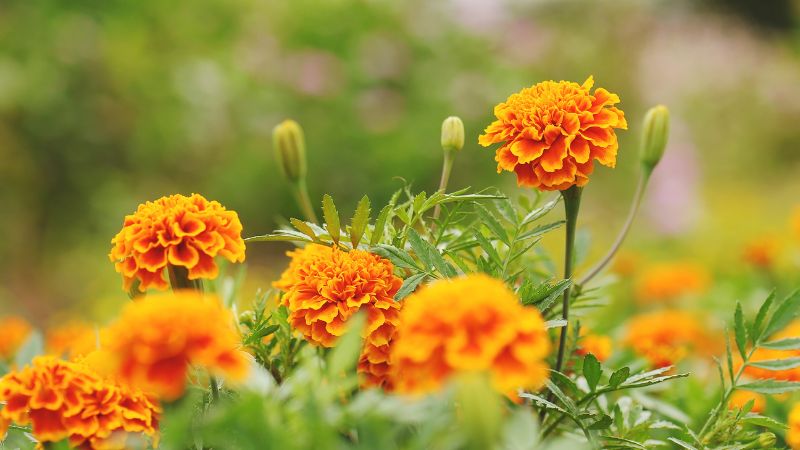
Marigolds are popular flowering plant that is pleasing to the eye and emits a sweet fragrance that attracts various insects, including ants. Ants are often found crawling around the base of marigolds, searching for the sweet nectar the flowers produce.
It is recommended to plant marigolds far away from your house so that ants may not think of entering it or use a natural ant repellent like chili powder (or similarly, pepper) or coffee grounds.
Related: Top 19 Foods That Attract Ants | Irresistible Foods for Ants!
List of Sources
Nepi, M., Grasso, D. A., & Mancuso, S. (2018). Nectar in Plant–Insect Mutualistic Relationships: From Food Reward to Partner Manipulation.
Trietsch, C. (2018). Recruiting ants to fight weeds on the farm.
UConn Home and Garden Education Center. (2018). Hydrangea Diseases and Pests.
- How to Get Rid of Turtles | Proven Long-Term Solutions! - August 26, 2023
- How to Get Rid of Kingsnakes | Easy & Humane! - August 26, 2023
- How to Get Rid of Northern Water Snakes | Best Solutions and Preventative Measures! - August 19, 2023

